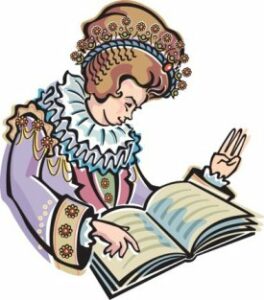Strategies for Reading History Textbooks
Reading a history textbook requires a different approach than the way you read a science or math textbook. Since reading about history is like reading a story, there are a lot of details that you need to be able to pull out about the events and the people you are studying. Because history is open to interpretation, you also have to consider the source of the information you’re reading, including any possible biases the writer may have.
 Use the following strategies when reading a history textbook.
Use the following strategies when reading a history textbook.
Scanning for the Unfamiliar
Sometimes historians use specialized words when writing that can make it difficult to understand what they’re saying. Before you begin your detailed reading of assigned pages in a history textbook, scan these pages for words that jump out at you as being unfamiliar. Sometimes these unfamiliar words are defined in the margin on the page in which they appear. If not, write each of these words in your notebook and then find their meanings in the glossary of the textbook or in a dictionary. Write the meanings as you find them. Doing so before diving into your reading will give you a better understanding of the text.
Multiple Passes
This method of reading a history textbook involves three passes over the material. The purpose of this method is to help you avoid getting stuck on the many details that appear in a history textbook. By evaluating different parts of the text with each pass, you will build on your knowledge and understanding each time.
Here is what to do for each of the three passes.
- First Pass. Read the first and last paragraph of the assigned pages. This will give you a good idea of the main points that are covered in the assigned pages.
- Second Pass. Read the first and last sentence of each paragraph. These sentences will provide the details you need to draw deeper conclusions about the story the historian is telling, and will allow you to identify the evidence they use in support of their point of view.
- Third Pass. Survey the text of each paragraph to find specific evidence used by the writer to back up each of his or her claims. Use this information to get the full picture of the story. This information can be compared to other sources to determine whether the writer’s point of view is credible, and whether he or she has allowed their personal opinions to influence their account of events.
The Five-Word Method
To help you identify the central ideas of what you are reading, for each page, write down the five words, concepts, or ideas that you feel are the most important. Doing this will make you think hard about what you are reading and will help you prioritize what is most important.
HINT: Using the five-word method before a class discussion or an exam is a great way to help you remember what you have read.
